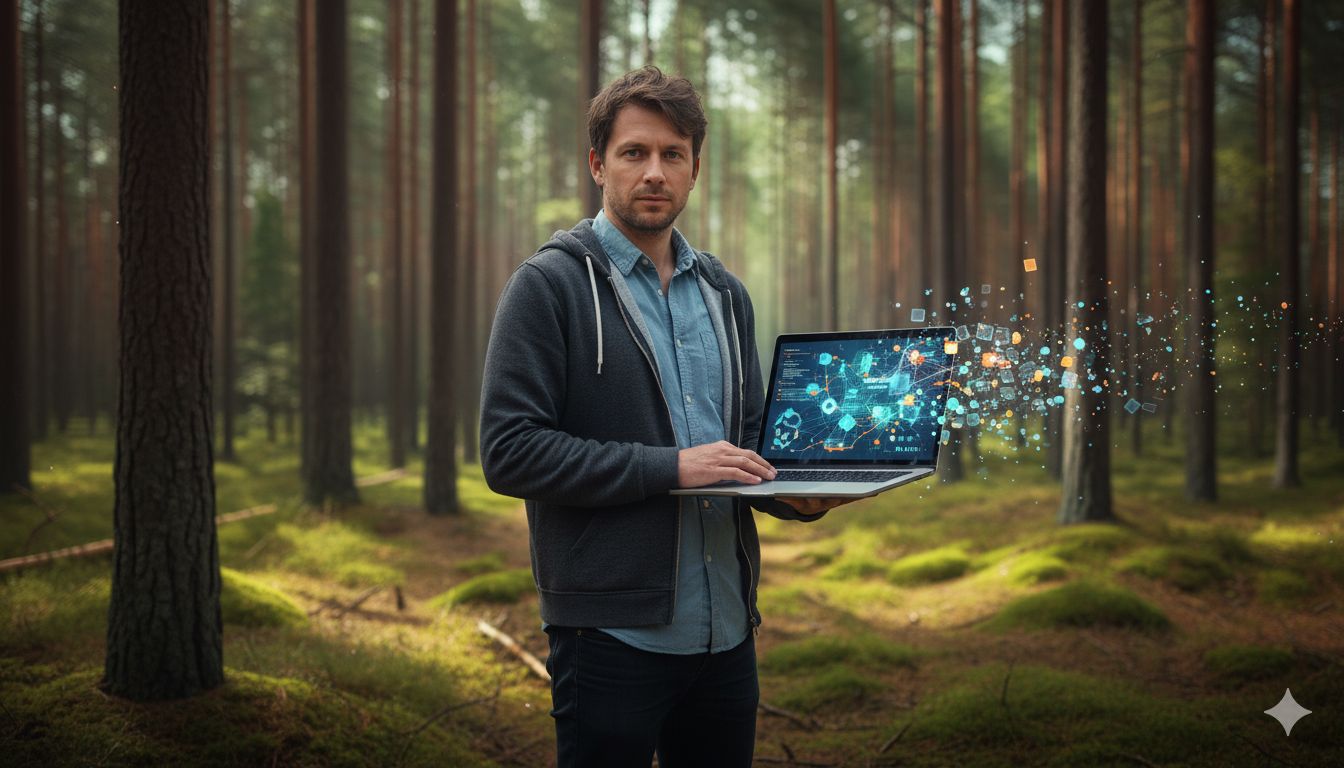Hello,
This is Simon with the latest edition of The Weekly. In these updates, I share key AI related stories from this week's news, list upcoming events, and share any longer form articles posted on the website.

You have to check your AI output.
Doubts about accuracy are a major factor holding people back from using AI. While today's models are far more accurate than they were two years ago, the risk of getting things wrong hasn't disappeared.
When an AI model doesn't know an answer, it can fabricate details—a behaviour known as 'hallucination'. This is dangerously difficult to detect, as the output often reads like polished, confident prose, requiring a subject-matter expert to spot the fiction.
Deloitte, one of the world’s largest consultancy firms, was recently caught out for this. A report they submitted to the Australian Department of Employment and Workplace Relations, contained several AI-generated errors, including a reference to a non-existent book supposedly written by a real person.
It was a costly error
For a firm that literally sells auditing and assurance services, this is more than embarrassing. The mistake was also costly: Deloitte had to refund half of the $AUS 440,000 fee.
This case highlights two critical failures:
the individuals who created the report didn't verify their work,
and there was no Quality Assurance framework in place to catch such obvious errors.
While we’ll never know the full story, and I'm sure Deloitte is overhauling its processes, the incident again raises the question of how reliable generative AI is for serious corporate work.
You have to double-check your work
Having worked in client-facing roles for most of my career, it’s second nature to double-check everything—even a basic email—for accuracy, tone, and clarity. Why should this be any different when using AI to help draft your work? In fact, it's even more critical.
While AI tools can save us a huge amount of time, we can't outsource our responsibility. Use it as a shortcut, an idea partner, or a sounding board, but you must take ownership of the final output. It seems that’s exactly what went wrong at Deloitte.
It’s a stark warning to all of us: if one of the biggest global companies can get caught out, anyone can.
To make sure you don't fall into the same trap, take a look at my workbook for using generative AI at work.
What’s your experience?
A couple of questions for you:
How accurate is the output you get from AI?
Have you built the habit of always checking its work?
A Message From Our Sponsor
The Gold standard for AI news
AI keeps coming up at work, but you still don't get it?
That's exactly why 1M+ professionals working at Google, Meta, and OpenAI read Superhuman AI daily.
Here's what you get:
Daily AI news that matters for your career - Filtered from 1000s of sources so you know what affects your industry.
Step-by-step tutorials you can use immediately - Real prompts and workflows that solve actual business problems.
New AI tools tested and reviewed - We try everything to deliver tools that drive real results.
All in just 3 minutes a day
Real World Use Case
Exclusive for subscribers.
In this section, I’m going to bring to you a real world example of AI use.
Subscribe to get access
Curated News
Upcoming AI Events
Data & AI Conference Europe
London, UK, 13 – 17 OctoberFT - Future of AI
London, UK, 5-6 NovemberBig Data Conference Europe
Vilnius, Lithuania, November 19-21AI World Congress
The Great Hall, London. November 27-28
Thanks for reading, and see you next Friday.
Simon,
Was this email shared with you? If so subscribe here to get your own edition every Friday.
Enjoying Plain AI? Share it and get a free gift!
If you find this newsletter useful, why not share it with a couple of friends or colleagues who would also benefit? As a special thank you, when two people subscribe using your unique referral link, I’ll send you my "Exclusive Guide: Supercharge Your Work with NotebookLM." It’s a practical, no-nonsense guide to help you turn information overload into your secret weapon.
You can also follow me on social media:



